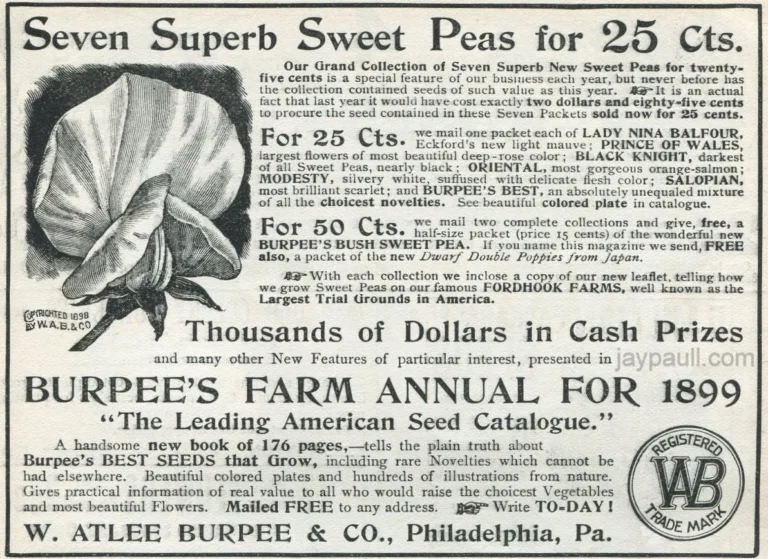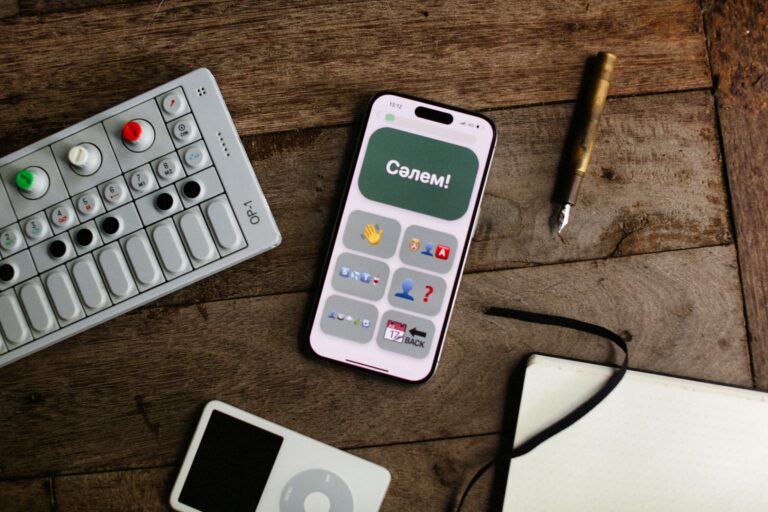
5. Smell: The Emotional Trigger You Can’t Ignore
Smell is the most emotionally charged sense. One whiff can bring back childhood memories, shift your mood, or make you crave something instantly.
Brand Example:
Abercrombie & Fitch pioneered the use of scent branding by pumping its signature cologne into every store. The result? Shoppers associated that scent with a premium, youthful vibe.
Cinnabon uses strategic oven placement in malls to let the aroma spill into walkways, driving foot traffic without spending on ads.
6. Touch: From Textures to Temperature
Tactile experiences enhance product value perception. Soft-touch packaging, embossed logos, or the weight of a product in your hand all send subtle signals.
Brand Example:
Warby Parker’s home try-on kits give customers a tactile, physical feel for their glasses—bridging the online/offline gap. Apple’s unboxing experience, with its matte boxes and slow-opening lids, is practically a ritual.
Even retailers like Nordstrom pay attention to hanger materials and fitting room textures—tiny details that elevate the customer experience.
7. Taste: The Loyalty Trigger
Taste may seem limited to food and beverage brands, but it’s often the most powerful of all. And many brands have used flavor not just to satisfy, but to brand.
Brand Example:
Lay’s regularly introduces limited-edition flavors based on regional U.S. cuisines. It sparks curiosity and creates an emotional connection with local pride.
Ben & Jerry’s, with flavors like “Americone Dream,” brings in cultural references, activism, and indulgence—all through taste.
Continue reading…
(Coming up: See how sensory marketing fits into the future of digital commerce and how brands are using AI and AR to replicate sensory inputs online.)


